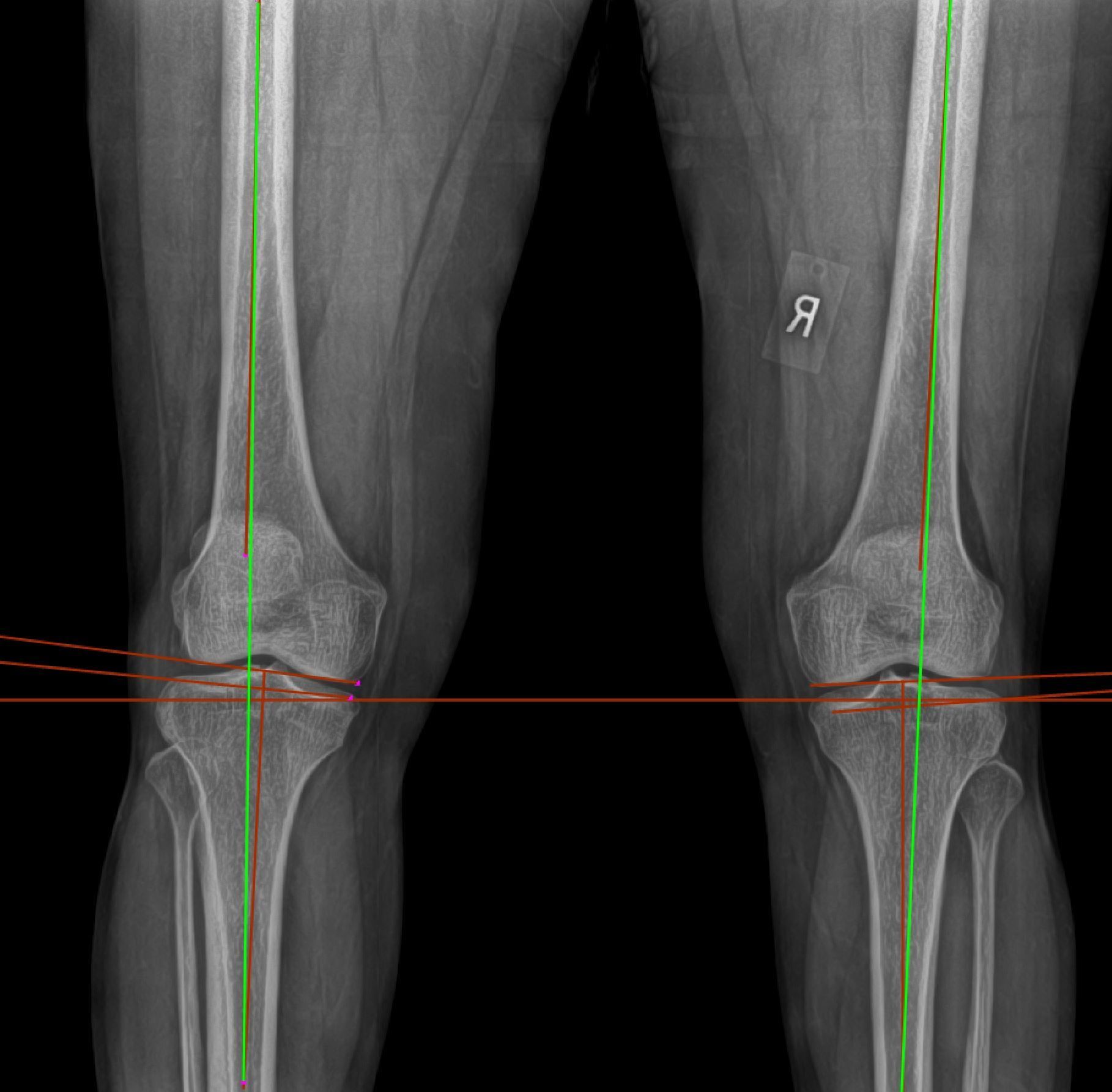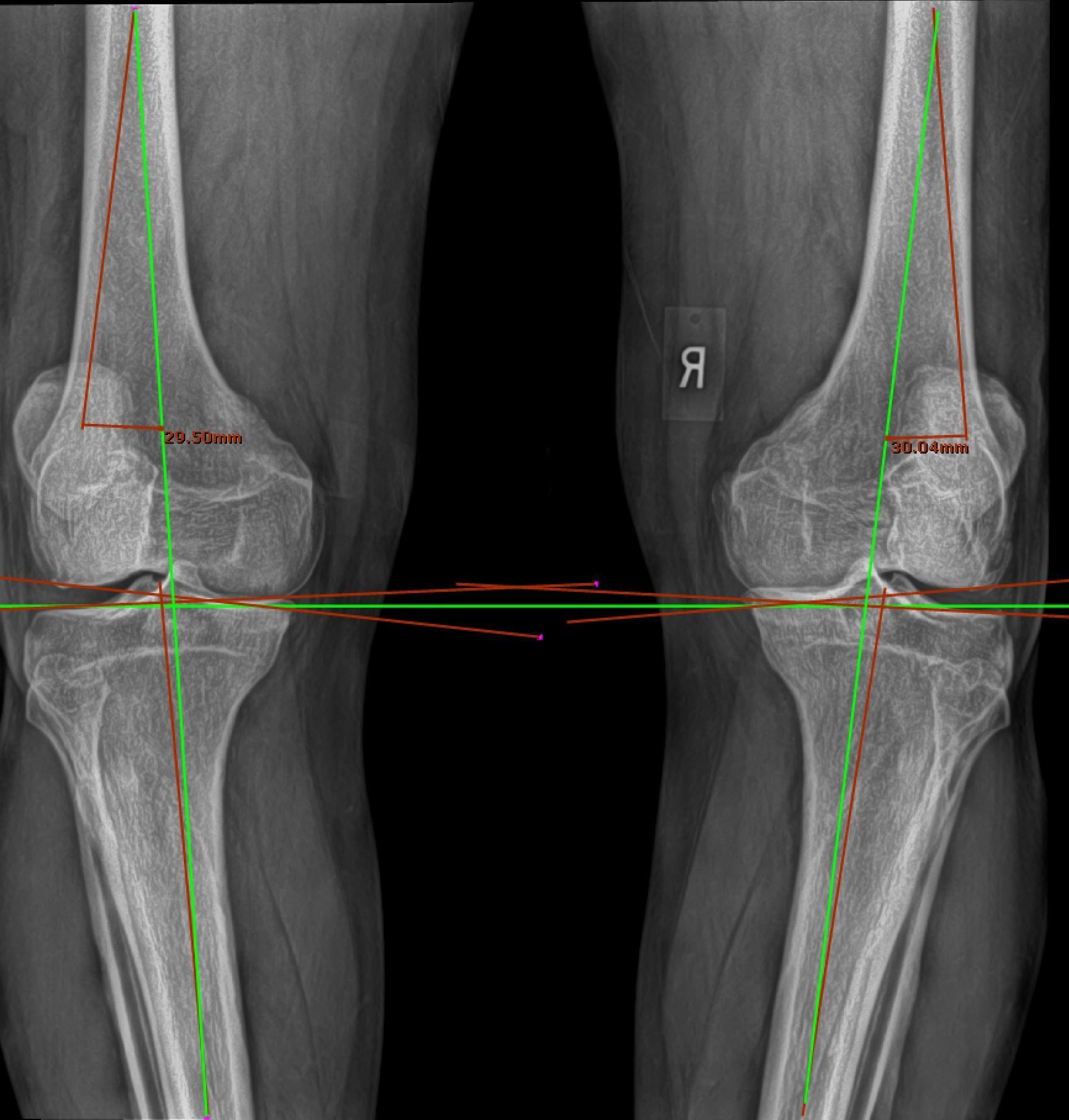
Knee Pain
Regarding the Mayo Clinic the prevalence of knee pain is one of the most commons complaints of Americans of all ages.
Typically knee pain is also associated with swelling, stiffness, weakness, instability, restricted range of motion and / or popping of the knee.
By experience of years, unless by a direct trauma to the knee itself, but most of the insidious onset of knee issues are “compensatory” for foot or hip/pelvic misalignments
Find a solution to that, stop the statistics and the suffering, here is how we can help.
The first step is “we need to see” because to see is not to guess; X rays are the initial method we use to determine knee conditions over hard tissue ( Bone) then perform line analysis because even slight misalignments can create big degenerative changes overtime.
Knee Pain
About knee conditions let’s think of it this way: the knee is a hinge joint that works pretty much like a crane, therefore needs to be “straight”; if you keep out of alignment this joint there are different conditions that can arise: Lateral and / or Medial Meniscus damage, ligament tears or damage, arthritis, popping, weakness, etc.
Knee conditions evolve due to little changes due to slippages, falls, trauma, overuse, ligament laxity, incorrect biomechanical motions, compensations from foot or hip misalignments, etc.
Our experience and knowledge in knee assessment and correction help us to provide accurate diagnosis and treatments, such as knee adjustments, shockwave for meniscal and ligament injuries, knee decompression and rehabilitation exercises.
If there is a trauma related to your knee pain, then we may need MRI or any other study that can help us identify the status of your knee.

